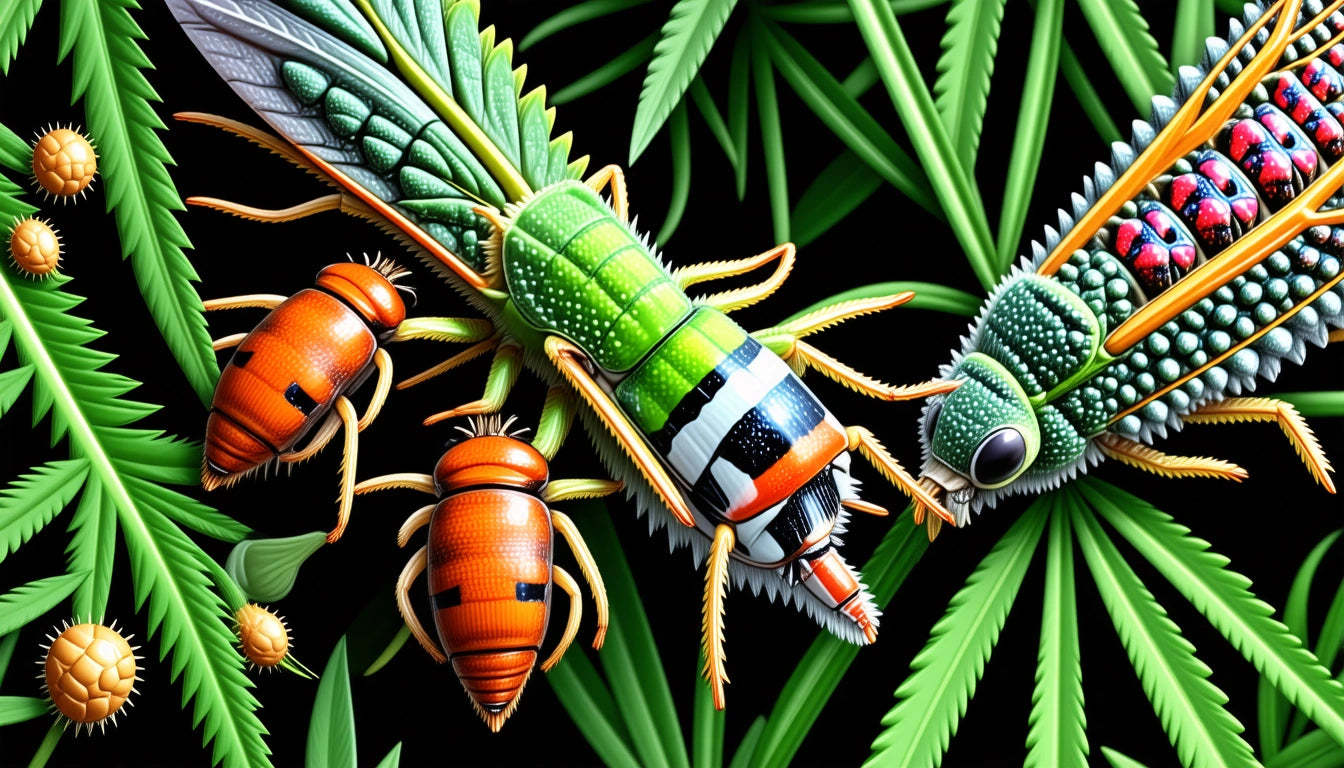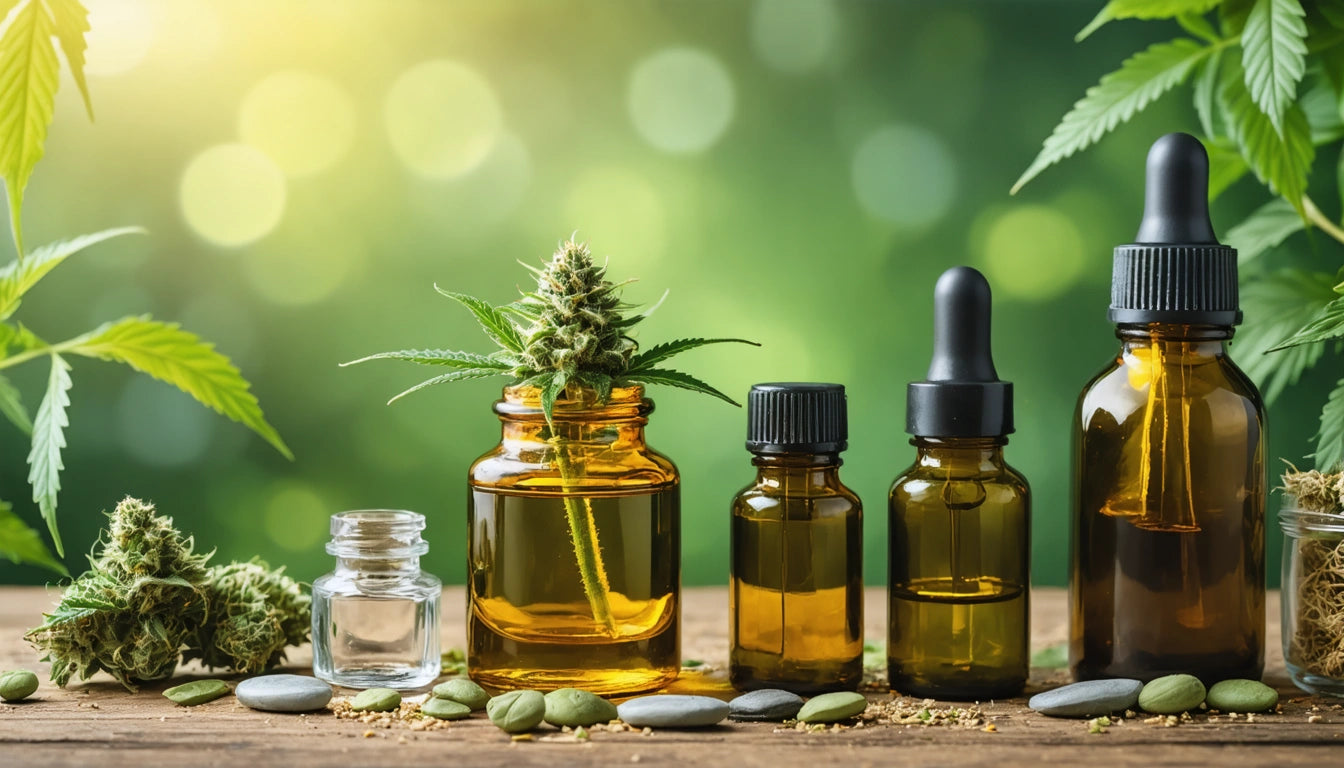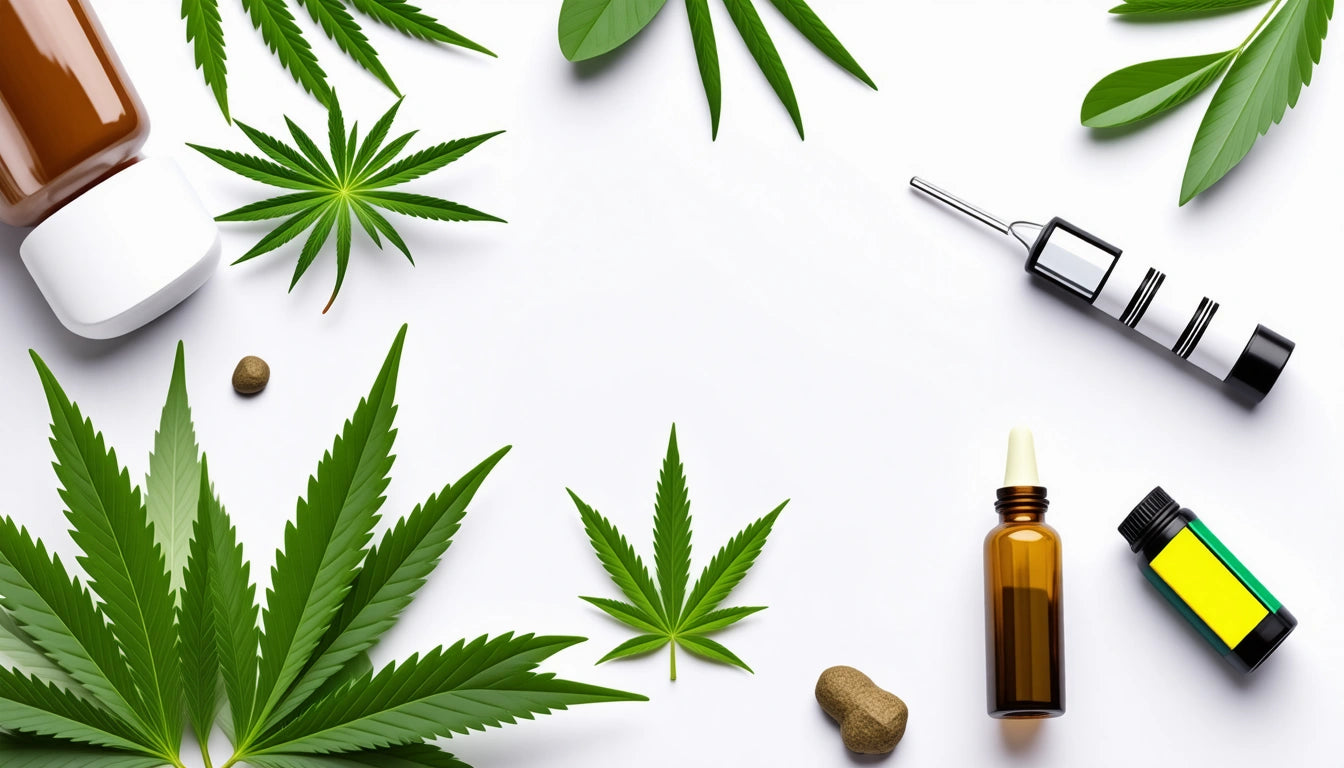Table of Contents
- Identifying Common Cannabis Pests
- Preventative Measures for Cannabis Pest Control
- Organic Solutions for Cannabis Pest Management
- Treating Aphids During the Flowering Stage
- Commercial Products for Cannabis Pest Control
- Addressing Specific Pest Issues in Cannabis
- Long-Term Pest Management Strategies for Cannabis Cultivators
Effective Methods for Eliminating Pests and Aphids on Cannabis Plants
Cannabis cultivation requires vigilance against numerous pests that can damage plants and reduce yields. Whether you're dealing with aphids during flowering or searching for the best pesticide for cannabis plants, implementing effective pest management strategies is crucial for maintaining healthy crops. This comprehensive guide explores proven methods to eliminate bugs on cannabis plants while preserving plant health and product quality.
Identifying Common Cannabis Pests
Before treating your plants, accurate identification of the pest problem is essential. Common cannabis pests include:
- Aphids - Small, soft-bodied insects that cluster on stems and under leaves, causing yellowing and distortion
- Spider Mites - Tiny arachnids that create fine webbing and cause stippling on leaves
- Fungus Gnats - Small flies that primarily affect soil and roots
- Thrips - Slender insects that scrape plant surfaces, leaving silvery patches
- Budworms - Caterpillars that burrow into and consume cannabis flowers
Each pest requires specific treatment approaches, making proper identification the first step in effective control. For detailed information on spider mites specifically, refer to our guide on eliminating spider mites from cannabis plants.
Preventative Measures for Cannabis Pest Control
Prevention is always more effective than treatment. Implement these practices to minimize pest problems:
Environmental Controls
Maintaining optimal growing conditions reduces plant stress and pest vulnerability:
- Keep humidity between 40-60% (lower during flowering)
- Ensure proper air circulation with fans
- Maintain clean growing areas, removing debris and dead plant material
- Quarantine new plants before introducing them to your grow space
Biological Controls
Beneficial insects can provide natural pest management:
- Ladybugs and lacewings for aphid control
- Predatory mites for spider mite management
- Nematodes for soil pest prevention
Organic Solutions for Cannabis Pest Management
For those seeking natural approaches to get rid of bugs on pot plants, these organic solutions offer effective control without harsh chemicals:
Homemade Insecticidal Soaps
Create a mild soap spray by mixing 1-2 tablespoons of pure castile soap with a quart of water. This solution works by breaking down the protective outer layer of soft-bodied insects like aphids. Apply to affected areas, being careful to cover both sides of leaves.
Neem Oil Applications
Neem oil disrupts pest feeding and reproductive cycles. Mix 2 teaspoons of neem oil and 1 teaspoon of mild liquid soap with 1 quart of warm water. Apply during evening hours to prevent leaf burn and avoid application during flowering.
Diatomaceous Earth
This powder of fossilized diatoms damages the exoskeletons of crawling insects. Apply a thin layer around plant bases and on soil surfaces. Use food-grade diatomaceous earth and reapply after watering or rainfall.
For additional organic approaches to pest management, explore our guide on eliminating gnats from indoor plants.
Treating Aphids During the Flowering Stage
The flowering stage presents unique challenges for pest management, as many treatments can affect bud development or taint the final product. When addressing how to get rid of aphids during flowering, consider these specialized approaches:
Water Techniques
A forceful spray of water can physically remove aphids from plants. Direct the spray to the undersides of leaves where aphids typically cluster. This method works best for light infestations and requires repeated applications.
Beneficial Insects
Releasing ladybugs or lacewings provides targeted aphid control without chemical residues. These predators naturally consume aphids without harming your plants or buds.
Gentle Botanical Sprays
If necessary, use extremely diluted essential oil sprays (peppermint, rosemary, or citrus) applied only to affected areas, avoiding direct contact with flowers. Always test on a small area first to ensure no adverse reactions.
When dealing with pest issues during flowering, many cultivators find that high-quality pre-roll products can help salvage harvests from plants with minor pest damage. Our selection of custom cones provides options for processing material that may have cosmetic imperfections while maintaining quality standards.
Commercial Products for Cannabis Pest Control
When seeking the best pesticide for cannabis plants, consider these commercial options that balance effectiveness with plant safety:
Approved Biopesticides
Products containing Bacillus thuringiensis (Bt) specifically target caterpillars like budworms without harming beneficial insects. Apply according to package directions, focusing on flowering sites where budworms typically feed.
Insecticidal Soaps and Horticultural Oils
Commercial formulations offer consistent concentration and effectiveness against soft-bodied pests. Look for products specifically labeled for use on food crops or medicinal plants.
Botanical Insecticides
Pyrethrin-based products derived from chrysanthemum flowers provide broad-spectrum control with minimal residual effects. Use sparingly and follow all safety precautions and application guidelines.
Always verify that commercial products comply with local regulations for cannabis cultivation, as requirements vary by region.
Addressing Specific Pest Issues in Cannabis
How to Get Rid of Brown Spots on Plants
Brown spots may indicate pest damage or fungal issues. To address this problem:
- Inspect for pests on leaf undersides and stems
- Remove severely affected leaves
- Improve air circulation around plants
- Consider a copper-based fungicide if spots appear to be fungal
For fungal issues specifically, our guide on preventing and treating powdery mildew provides targeted solutions.
How to Get Rid of Budworms
These destructive pests target flowering sites specifically:
- Inspect buds regularly for small holes, frass (excrement), or caterpillars
- Remove affected buds immediately to prevent spread
- Apply Bt products to remaining plants as a preventative measure
- Consider introducing trichogramma wasps, which parasitize moth eggs
Long-Term Pest Management Strategies for Cannabis Cultivators
Successful cannabis cultivation requires an integrated approach to pest management that combines preventative measures, regular monitoring, and appropriate interventions. Developing a comprehensive strategy includes:
- Establishing a regular inspection schedule
- Maintaining detailed records of pest occurrences and treatments
- Rotating control methods to prevent resistance development
- Building healthy soil biology to support plant immune systems
- Creating diverse growing environments that discourage pest establishment
By implementing these approaches consistently, cultivators can minimize pest problems while reducing reliance on interventions. This not only improves plant health but also ensures higher quality final products with minimal chemical residues or pest damage.
Remember that even with occasional pest issues, proper post-harvest processing can still yield excellent products. For those looking to maximize the value of their harvest, exploring options like utilizing leftover cannabis leaves and stems can provide additional value streams from your cultivation efforts.











Leave a comment
All comments are moderated before being published.
This site is protected by hCaptcha and the hCaptcha Privacy Policy and Terms of Service apply.